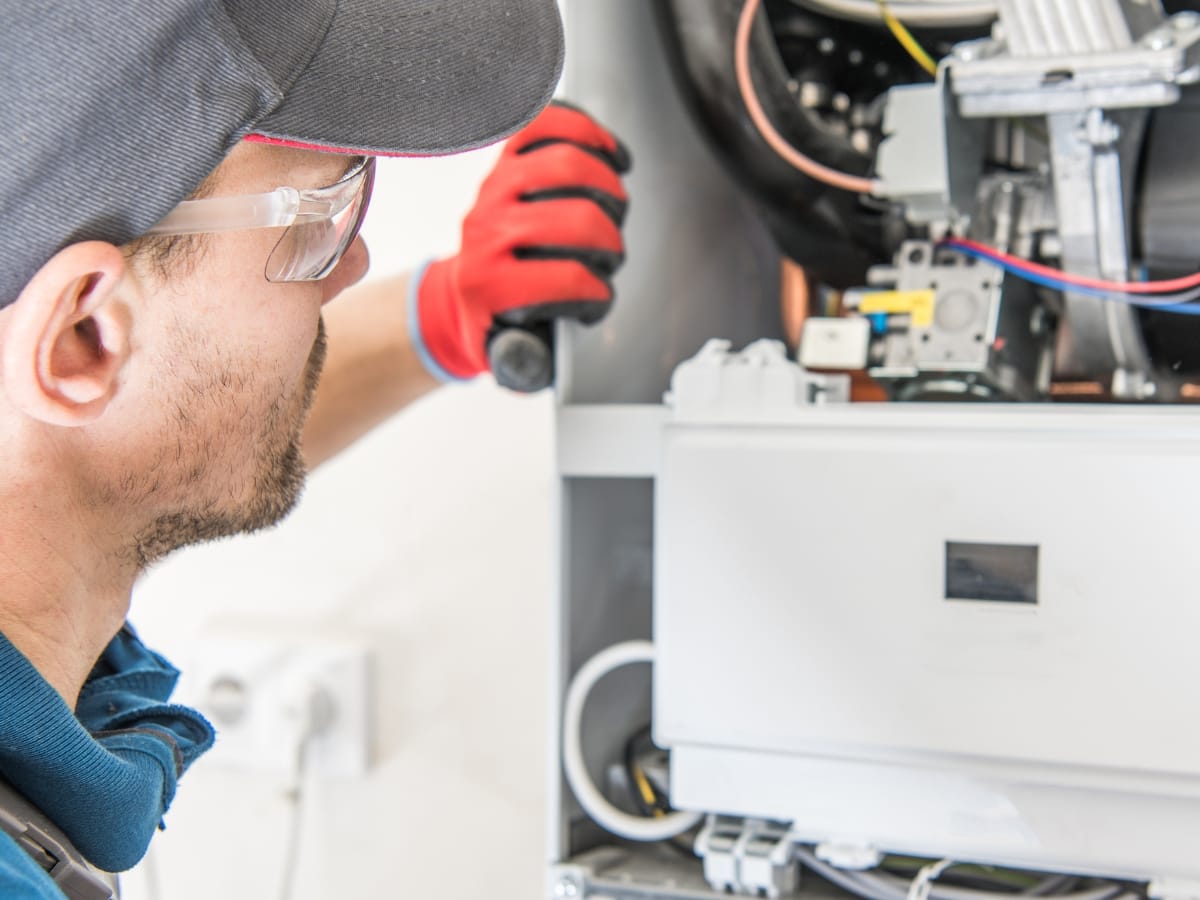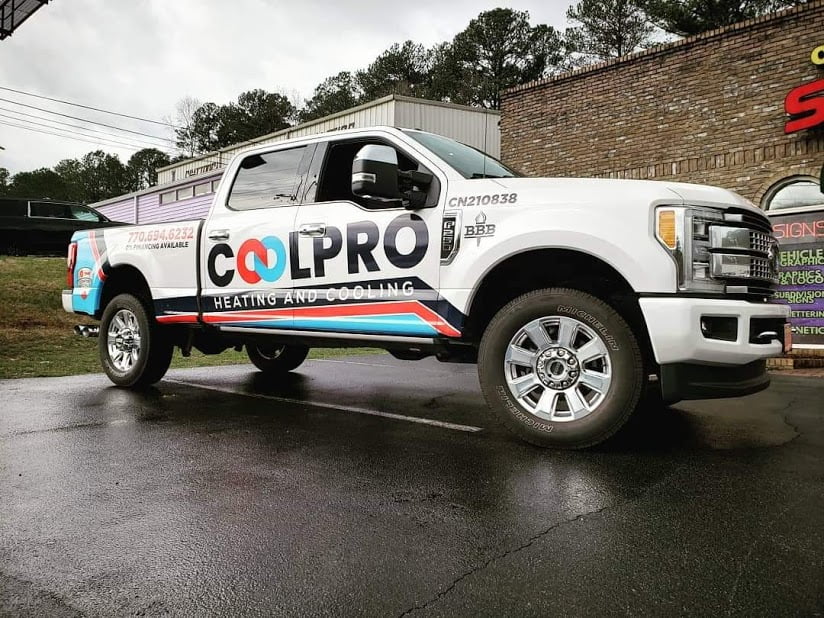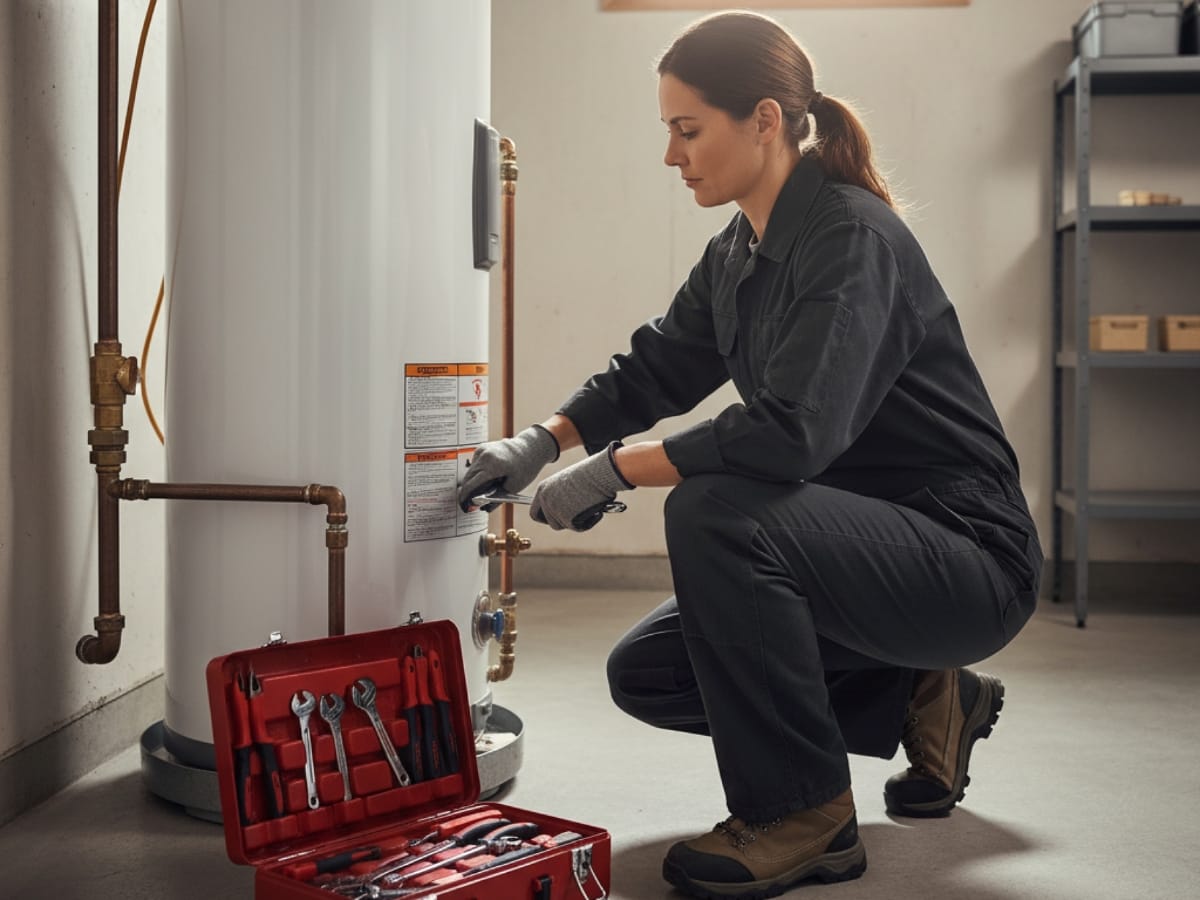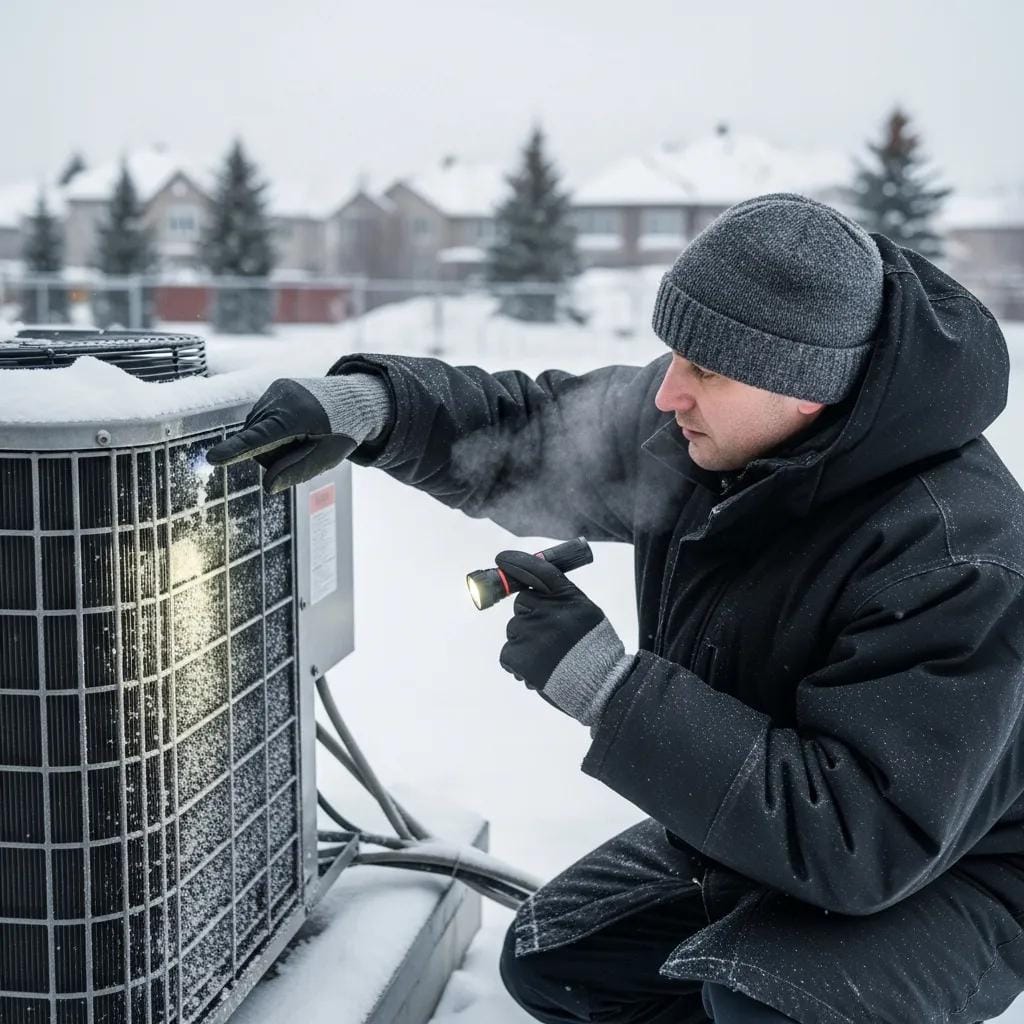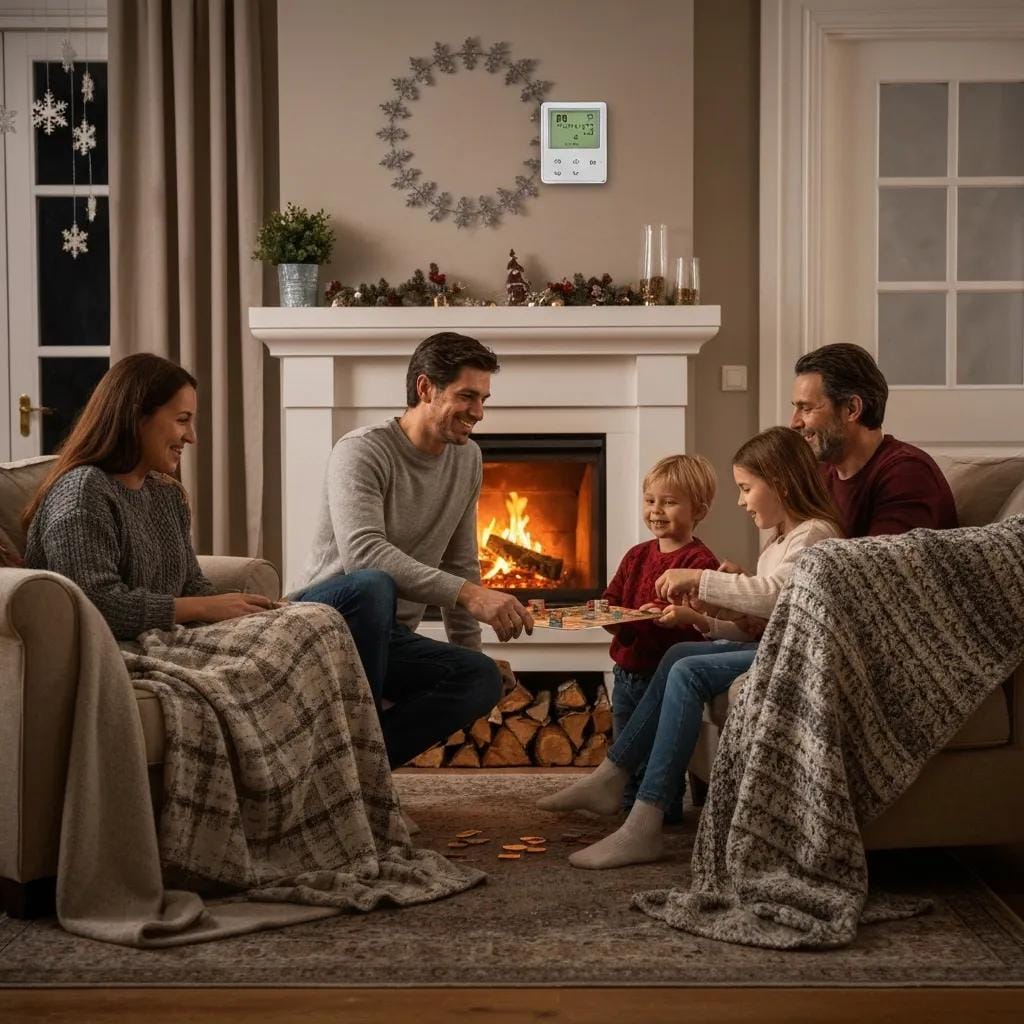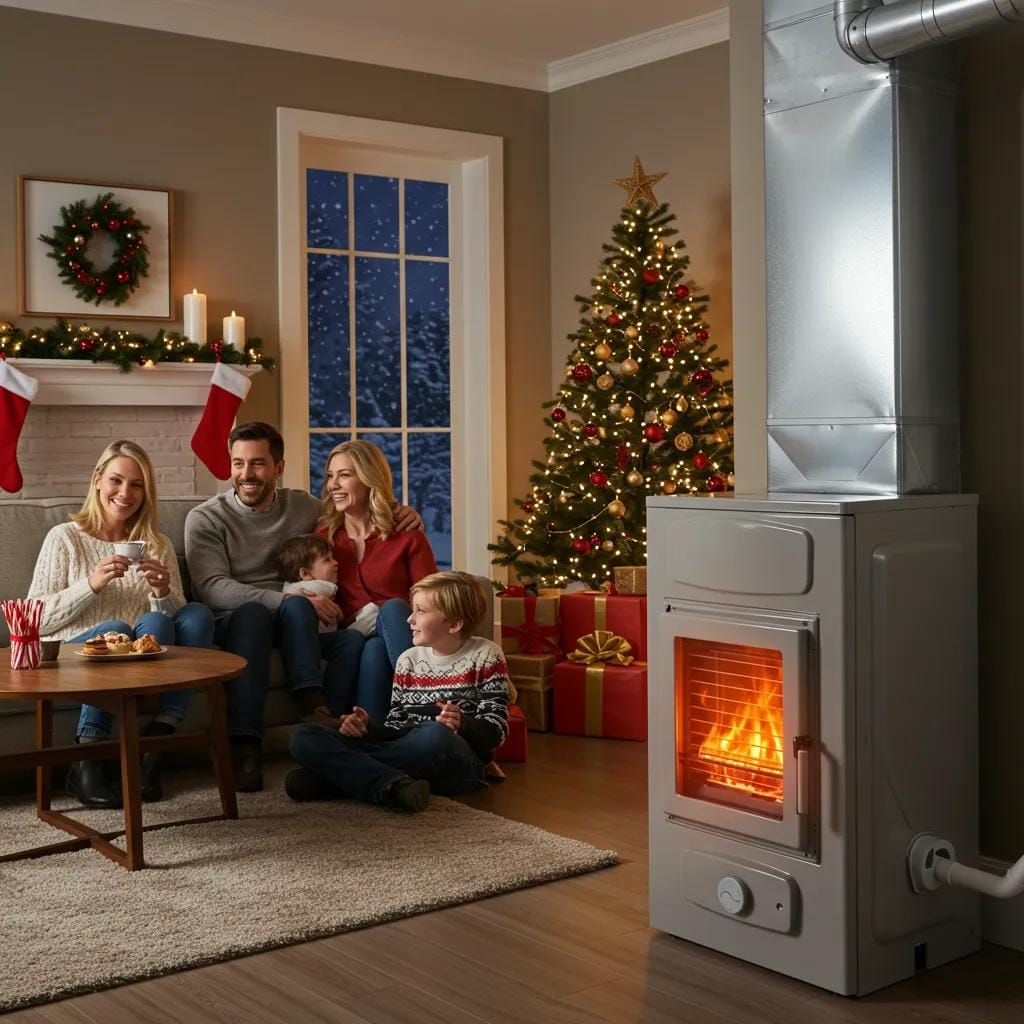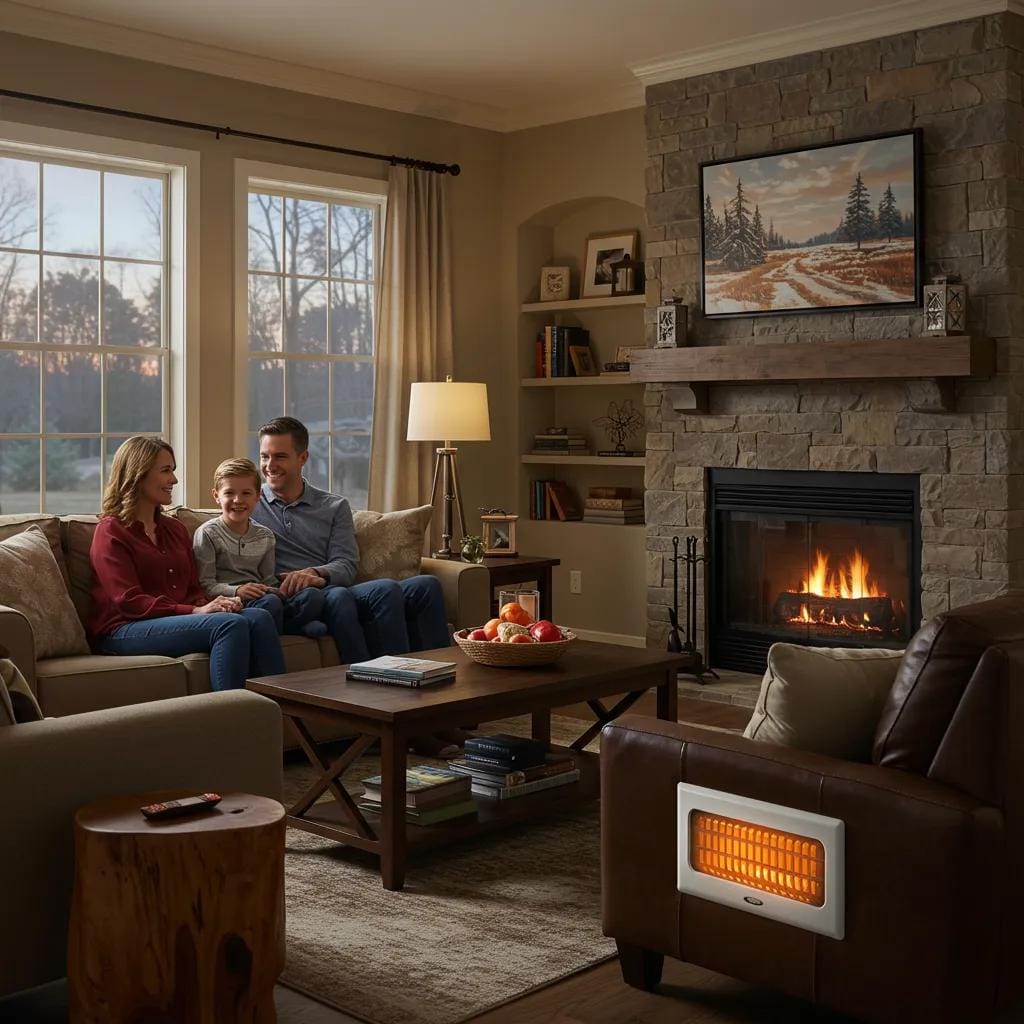As winter approaches in Dallas, a reliable furnace isn’t just a luxury—it’s a necessity for comfort and safety during those unexpected cold snaps. Recognizing the early warning signs of furnace trouble can help you avoid sudden breakdowns, costly repairs, and even potential safety hazards like carbon monoxide leaks. From strange noises and uneven heating to rising energy bills, your furnace often sends clear signals when it needs professional attention. In this guide, we’ll highlight the five most critical warning signs that your furnace requires immediate repair, so you can address issues early and keep your Dallas home warm and secure all season long with Dallas furnace repair.
Dallas Furnace Repair: Stop Breakdowns Before They Start
What Are the 5 Critical Warning Signs Your Furnace Needs Immediate Repair?
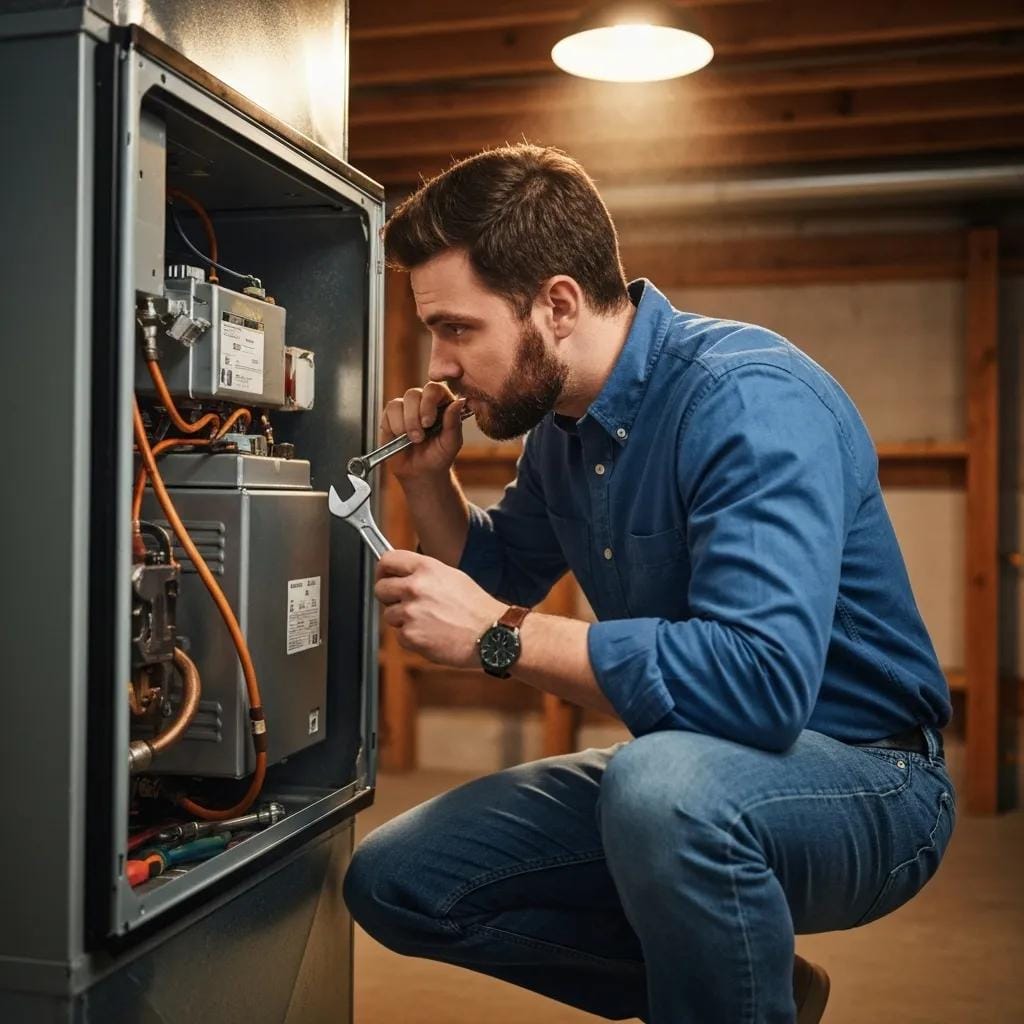
North Texas cold fronts can arrive fast. If your heater starts acting up, quick attention can keep a small issue from turning into a no-heat night. Use these cues to decide when to schedule Dallas furnace repair and keep your system safe and efficient.
What Do Unusual Noises From Your Furnace Indicate?
Your furnace should hum, not complain. High-pitched squealing often points to a slipping or worn blower belt. A sharp bang at startup can mean delayed ignition, which allows a small gas buildup before the burners light. A grinding sound usually traces back to worn blower bearings. Any of these noises signal mechanical wear that increases stress on the motor and heat exchanger. Shut the system down if the sound is loud or persistent, then have it inspected before you run it again for long stretches.
How Can Strange Odors Signal Problems Or Gas Leaks?
Smells matter. A brief dusty odor the first time you heat is common, but it should fade quickly. A burning plastic or electrical smell suggests overheated wiring or a failing motor. A sulfur or rotten egg odor can indicate a natural gas leak. If you notice that scent, cut power at the furnace switch, open doors and windows, leave the home, and contact emergency services from outside. Do not relight the unit until the source is confirmed and fixed.
Why Is Inconsistent Heating A Red Flag?
Rooms that never quite warm up or frequent short cycling point to airflow or ignition trouble. A clogged filter restricts return air, raising internal temperatures and tripping safety limits. Thermostat sensor drift can make the system overshoot or shut down early. On older units, a weak igniter or dirty flame sensor causes repeated start and stop cycles. You will feel the result as cold spots, slow warmups, and rising run times. Start with a fresh filter and correct thermostat settings, then investigate ignition and airflow if comfort does not return.
How Do High Energy Bills Reveal Furnace Inefficiency?
Bills often tell the story before the furnace fails. If your usage habits have not changed but costs climb, efficiency is slipping. Newer systems with minor airflow issues may push bills up about 5 percent. Midlife furnaces with partial heat exchanger blockage commonly add around 10 percent. Units older than 11 years with tired blowers and poor combustion can drive increases near 20 percent or more. Dirty burners, weak motors, and restricted ducts make the system run longer to reach the same temperature, which wastes energy and accelerates wear.
What Does A Yellow Pilot Light Or Carbon Monoxide Alarm Mean?
A steady blue flame signals clean combustion. A yellow or flickering flame points to incomplete combustion, often from dirty burners or poor air mix. Incomplete combustion raises carbon monoxide risk and can damage the heat exchanger. If a carbon monoxide alarm sounds, leave the home immediately, get fresh air, and arrange a safety inspection before using the furnace again. Never ignore nausea, headaches, or dizziness that improve outdoors, since those can be warning signs of exposure.
What To Do Next
Document what you are seeing and hearing. Note when the noise happens, where the odor appears, which rooms are cold, and any recent bill spikes. Replace the filter if it is dirty, verify thermostat settings, and avoid running a furnace that smells like gas or makes harsh mechanical noises. Timely diagnostics protect the heat exchanger, motors, and controls, and they often cost less than waiting for a full breakdown. When these symptoms show up, plan for prompt Dallas furnace repair so your system is safe, efficient, and ready for the next cold snap.
Why Is Immediate Furnace Repair Essential for Dallas, GA Homeowners and Businesses?
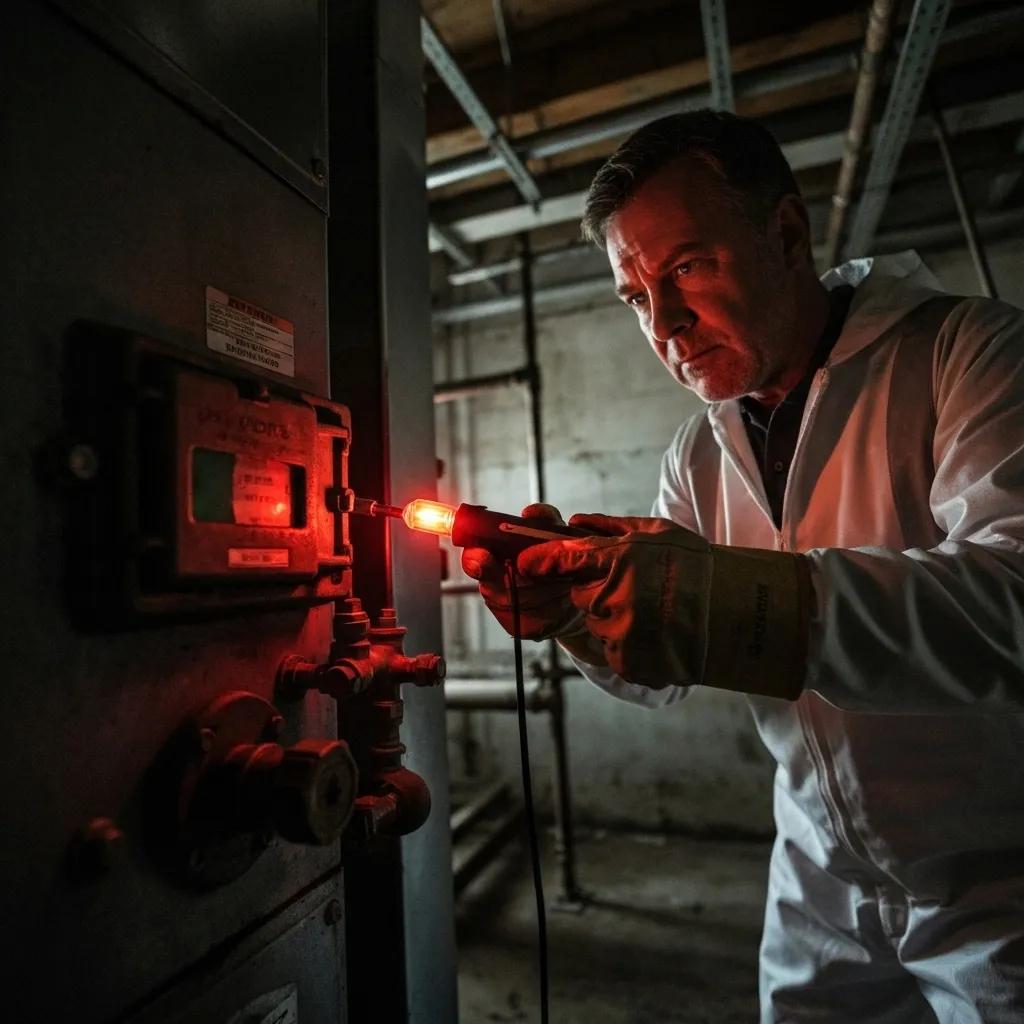
Cold snaps in North Georgia can move in quickly. When a heater starts to struggle, waiting rarely helps. Small faults spread stress across the system, turning a minor fix into a major expense. Prompt work keeps parts within safe limits, protects indoor air, and keeps your building comfortable. If you are comparing options for Dallas furnace repair, here is why acting early pays off for both homes and businesses.
How Fast Repairs Save Money
Mechanical wear does not stay in one place. A slipping blower belt makes the motor run hotter. Dirty burners create longer cycles that raise fuel use and strain the heat exchanger. A weak igniter forces repeated starts that wear out control boards. Fixing a single problem early usually costs far less than replacing a chain of damaged parts later. Addressing the first sign of trouble also prevents hard shutdowns that arrive at night or on weekends, when emergency service and lost work time add to the bill.
Why Safety Cannot Wait
Heat should never come with risk. A cracked heat exchanger or a misfiring burner can produce carbon monoxide, which is colorless and odorless. Gas leaks bring a different hazard and must be handled immediately. Electrical smells, scorched wiring, or tripped breakers point to overheating components. Treat these as stop signals. Power the unit down at the switch, ventilate, and have the equipment inspected before using it again. A quick response protects people in the space and keeps small defects from becoming life safety issues.
Comfort, Airflow, And Air Quality
Uneven heat, short cycling, or slow warmup tell you airflow or ignition is off. A clogged filter restricts return air and triggers high limit safeties. Dust and soot from poor combustion reduce indoor air quality and settle in ducts. These conditions lower comfort while driving up run time and energy cost. Correcting airflow and flame quality restores steady temperatures across rooms, reduces noise, and cuts wear on bearings and motors. In offices and retail spaces, that stability helps employees and customers feel better during long winter hours.
What Counts As An Emergency
Several symptoms deserve immediate attention. A rotten egg odor can indicate a gas leak. A yellow or flickering burner flame points to incomplete combustion. Loud grinding, banging, or screeching suggests failing bearings or delayed ignition. Repeated trips of the high limit switch, visible scorch marks, or smoke from the cabinet are also urgent. Any of these signs mean the system should be shut down until a technician can diagnose the cause. Document when each symptom appears and how long it lasts. Clear notes speed troubleshooting and reduce time on site.
Simple Steps To Reduce Damage Right Away
There are a few safe checks you can do while arranging repairs. Replace a dirty filter to restore airflow. Confirm that supply and return vents are not blocked by furniture or boxes. Set the thermostat to heat, verify the fan mode, and make sure schedules are correct. Listen for the sequence of operation at startup so you can describe what you hear. If you smell gas or see scorch marks, do not attempt further checks. Keep the unit off and ventilate.
Immediate furnace repair limits costs, improves safety, and keeps heat consistent during North Georgia’s cold spells. Early fixes stop wear from spreading, protect against carbon monoxide, and restore efficient operation. Whether you manage a storefront on Main Street or a busy household, prioritizing fast, accurate Dallas furnace repair keeps people comfortable and your equipment ready for the next cold front.
How Does CoolPro Atlanta Provide Trusted Furnace Repair Services in Dallas, GA?
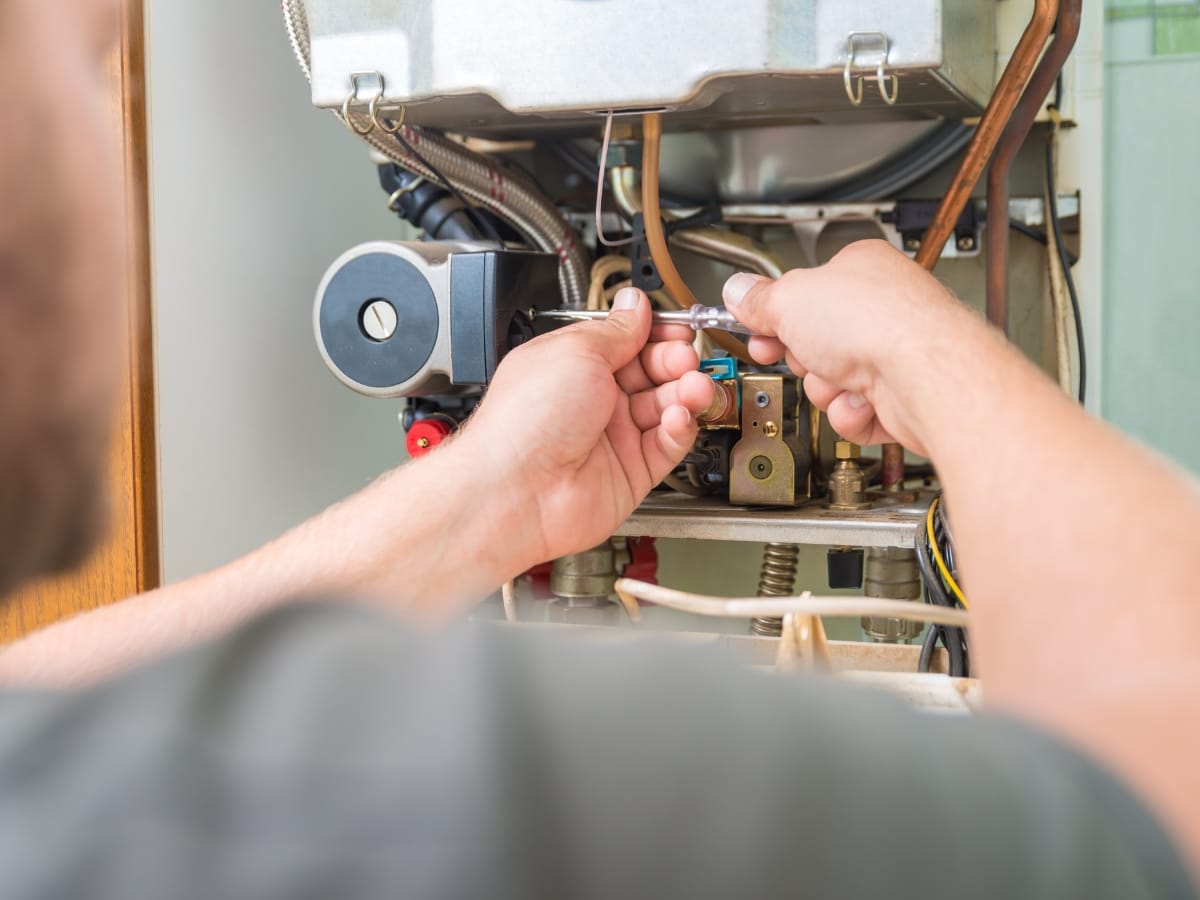
Reliable heat in North Paulding winters depends on fast, accurate work and parts that last. CoolPro Atlanta pairs local know how with certified training so repairs solve the root cause, not just the symptom. From the first diagnostic check to final safety testing, the focus stays on performance, code compliance, and clear communication. If you are comparing options for Dallas furnace repair, here is what sets the experience apart.
Certifications And Technical Expertise
Every service visit is handled by NATE-certified technicians who train throughout the year on new ignition systems, variable speed blowers, and modern control boards. That ongoing education reduces guesswork and speeds up troubleshooting. Technicians follow manufacturer procedures for your model, use calibrated instruments to verify readings, and document results so you know exactly what changed and why. The outcome is consistent repairs that protect efficiency and comfort.
Emergency Support And Safety Protocols
Breakdowns do not wait for business hours. CoolPro Atlanta maintains 24/7 coverage with a rotating on-call team for Dallas, GA. The first priority is safety. Crews check for gas leaks, test carbon monoxide levels, and inspect heat exchangers before restarting any unit. Electrical issues are isolated and secured so the system can be made safe while parts are sourced. This approach reduces downtime without cutting corners on life safety.
Diagnostic Approach And Repair Process
Good repairs start with good data. Technicians begin with a quick system interview, then move through a standard sequence—filter and airflow checks, thermostat verification, pressure measurements, and ignition testing. Burner assemblies are cleaned as needed and flame quality is verified. If a component fails a test, the team explains the reading, shows the part, and provides options. When repairs finish, they confirm temperature rise, static pressure, and cycle timing to be sure the fix holds under load.
Warranty Protection And Code Compliance
Keeping coverage intact matters. Work is performed to manufacturer specifications and local code, and service notes record model numbers, serials, and part IDs. That documentation helps preserve equipment warranties and supports insurance or building inspections when needed. For gas furnaces, technicians confirm venting, combustion air, and clearances, then label shutoffs and service panels for quick identification in the future.
What Problems Are Fixed Most Often
In Dallas, common winter calls include failed hot surface igniters, dirty flame sensors that cause short cycling, draft inducer motor wear, and blower capacitor failures. Restricted airflow from clogged filters or blocked returns is another frequent cause of nuisance shutdowns. Addressing these issues early protects the heat exchanger, keeps combustion efficient, and prevents higher energy bills.
Service Windows And Scheduling Tips
Cold fronts can compress appointment calendars. You can reduce wait time by noting model and serial numbers in advance, describing any error codes on the control board, and listing symptoms such as noises, odors, or short cycles. Clear access to the furnace, panel, and outdoor venting helps the technician start testing right away. For businesses, scheduling before the first major cold spell each season limits operational disruptions.
Certified people, repeatable procedures, and safety-first checks are what make repairs dependable. Whether the need is an urgent restart at night or a planned fix during the week, the combination of training, local experience, and careful documentation delivers steady heat and longer equipment life. When you need Dallas furnace repair, choosing a team that works this way keeps your system ready for the next cold snap.
What Preventative Maintenance Steps Can Help Avoid Furnace Repairs?
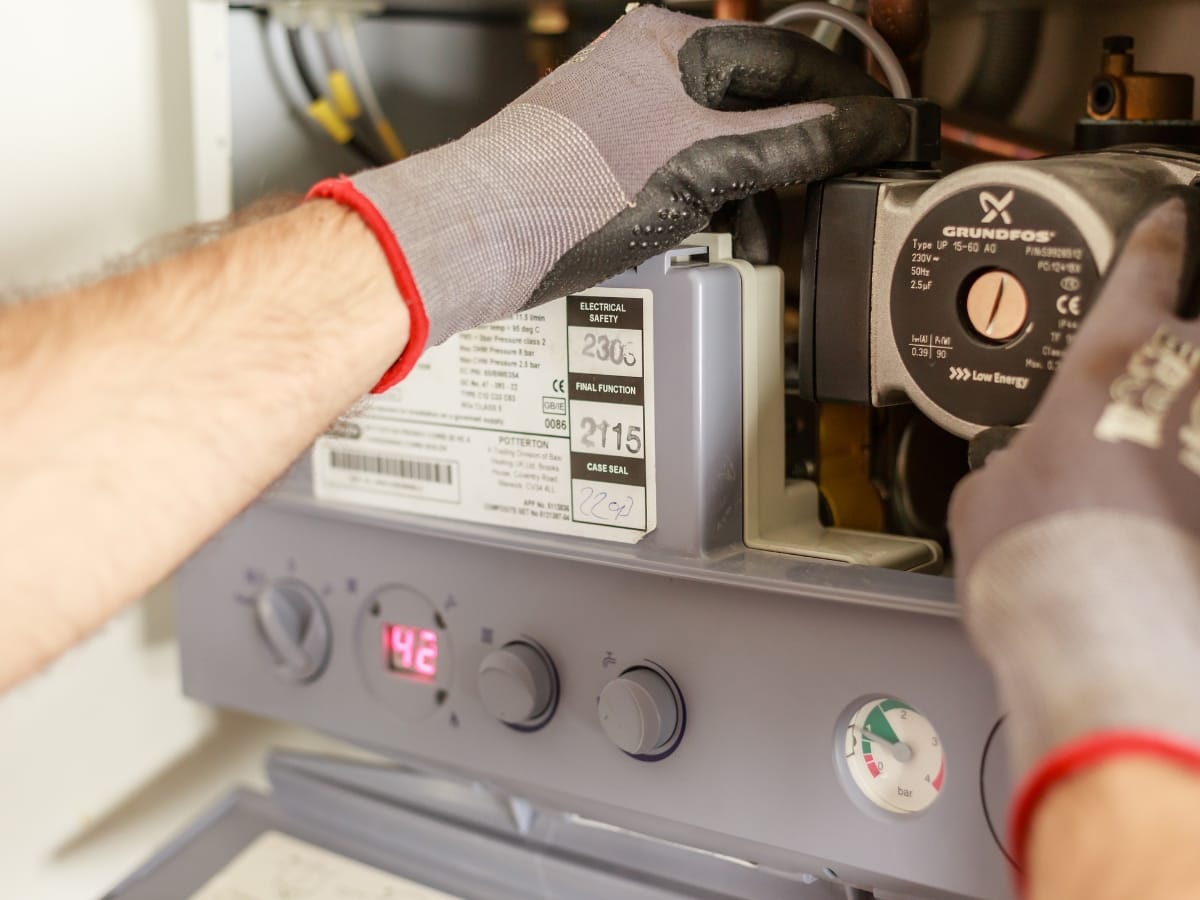
Regular maintenance is the simplest way to stretch the life of your heating system, improve efficiency, and avoid surprise breakdowns. A tuned furnace uses less energy, heats rooms more evenly, and places less stress on motors, igniters, and control boards. The result is fewer service calls and a safer home through North Georgia’s colder months. If you want fewer headaches and steadier comfort, pair smart DIY habits with a consistent schedule for professional care. When issues do pop up, you will be better positioned to plan timely Dallas furnace repair rather than scrambling in the cold.
How Often Should You Schedule Annual Furnace Tune-Ups In Dallas, GA
Book one full tune-up each year before sustained cold arrives. Late fall is ideal because technicians can verify burner cleanliness, igniter strength, flame sensor response, pressure readings, and temperature rise under real operating conditions. That inspection also confirms that safety controls trip when they should and that venting and combustion air paths are clear. A yearly visit catches loose wiring, weak capacitors, and clogged condensate traps before they sideline your heat on a busy weeknight. Many manufacturers expect documented maintenance to keep warranties intact, so treating the tune-up like a yearly oil change is both practical and protective.
DIY Furnace Maintenance Tips Homeowners Can Use
There are a few simple tasks you can handle between professional visits. Replace the air filter every 1 to 3 months, sooner if you have pets or recent renovation dust. A clean filter keeps airflow in the target range so the heat exchanger does not overheat and trip the limit switch. Keep supply and return vents open and unobstructed. Boxes, drapes, and furniture that block vents starve the system of air and create hot and cold spots. Vacuum dust from the grille and the furnace exterior so lint does not get drawn into motors or burners. Take a quick look at the flue and intake terminations outdoors and clear leaves, nests, or ice that can restrict flow. If you hear new noises or notice short cycling, address them right away rather than letting small issues multiply.
What Are The Benefits Of Preventative Maintenance Plans
A structured plan turns good intentions into action. Plans typically bundle the annual tune-up with midseason checks, priority scheduling during peak weather, and discounts on parts or labor. The value shows up in three ways. First, reliability improves because critical items are tested and cleaned on a predictable timeline. Second, energy costs fall when airflow, gas pressure, and ignition are set to spec. Third, repair expenses drop because worn parts are replaced before they damage related components. For many households, the savings from lower utility use and fewer emergency calls offsets the plan fee over a single winter.
Practical Next Steps To Keep Heat Steady
Add a filter reminder to your calendar, note your furnace model and serial numbers, and track maintenance dates in a simple log. If your unit is older, consider testing your carbon monoxide detectors at the start of the season and replacing batteries on the same day as your tune-up. Keep the area around the furnace clear so technicians can work quickly and safely. With these habits in place, you will see smoother starts, quieter operation, and more consistent temperatures. Most importantly, you will reduce the chance of a midseason outage and be ready to schedule Dallas furnace repair on your terms if a larger issue ever arises.
What Are Common Questions About Furnace Repair Costs and Services in Dallas, GA?
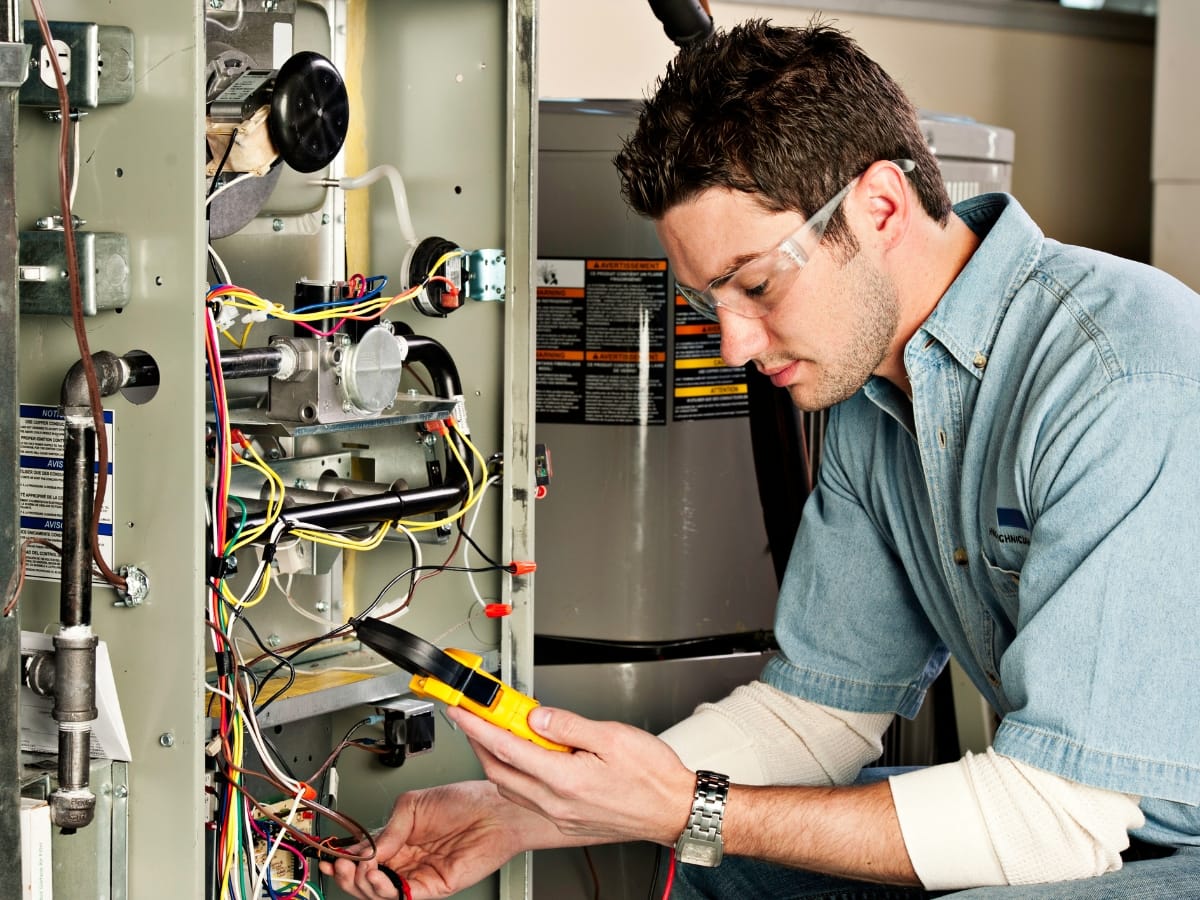
Homeowners want straight answers about price, timing, and what to do when heat fails. Clear expectations make it easier to plan, avoid surprise charges, and decide when an issue can wait and when it needs urgent attention. Use the guidance below to understand typical costs, signs that call for emergency help, and simple steps that speed up a visit for Dallas furnace repair.
How Much Does Furnace Repair Typically Cost In Dallas, GA?
Prices vary based on the part, the time to diagnose, and the difficulty of the job. Minor fixes, such as a new igniter, belt, or flame sensor, often land in the low hundreds when access is straightforward. Mid-tier repairs like a draft inducer, blower capacitor, or control board can approach the high hundreds, especially if the unit is in a tight attic or crawlspace. Major work that involves a heat exchanger, extensive wiring, or multiple failed parts can reach around a thousand. The fastest way to keep costs predictable is to request an itemized estimate that lists the diagnostic fee, parts, and labor hours so you can compare like-for-like.
Which Factors Influence The Final Price?
Access is a big driver. A furnace tucked behind storage or in a low crawl takes longer to reach and service. Age and model matter too, since older units may need parts that are harder to source. Maintenance history also plays a role. A clean filter, clear condensate drain, and burners without heavy soot make diagnosis quicker and reduce the chance that one failure has damaged another part.
When Should You Call For Emergency Furnace Repair?
Some situations should not wait. A rotten egg odor can point to a gas leak. A carbon monoxide alarm demands immediate evacuation and a safety check. Loud banging, screeching, or repeated breaker trips suggest mechanical or electrical faults that can escalate. Loss of heat during a hard freeze can also justify an urgent visit, particularly for homes with infants, elderly residents, or pets. Quick action lowers risk and often prevents secondary damage.
What Should You Do Before The Technician Arrives?
Make the equipment easy to reach. Clear boxes or furniture from the path to the furnace, the breaker panel, and any outdoor intake or exhaust. Note model and serial numbers if they are visible, and write down any error codes from the control board or thermostat. List symptoms in the order they happen, for example, furnace clicks, blower starts, burners fail to light. Replace a dirty filter and confirm that supply and return vents are open. These small steps shorten the visit and help the technician go straight to the likely cause.
How To Control Costs And Avoid Repeat Repairs?
Schedule a yearly tune-up in early fall so issues surface before peak demand. Change the filter every one to three months to protect the heat exchanger from overheating and to keep static pressure in range. Keep the area around the furnace clean so dust does not get pulled into motors and burners. If your system is older, consider installing new carbon monoxide detectors and test them monthly during the heating season. Good records help too. Keep a simple log of service dates, parts replaced, and any recurring noises or odors. That history speeds future diagnostics and can point to underlying airflow or control problems.
Conclusion
Ignoring furnace warning signs can lead to costly repairs, reduced efficiency, and even safety hazards—especially during Dallas’s coldest months. If you’ve noticed strange noises, uneven heating, or rising energy bills, it’s time to call the experts. At CoolPro Heating & Cooling, we provide prompt, reliable furnace repairs that restore comfort and peace of mind. Don’t risk a breakdown—contact us today through our site form, or call 770-694-6232 for emergency service. Let us keep your home warm and safe all winter long.

